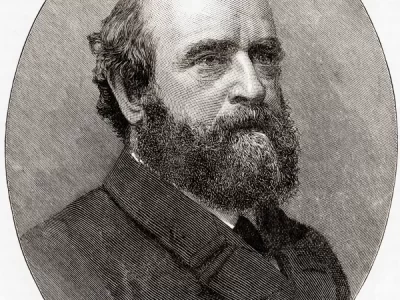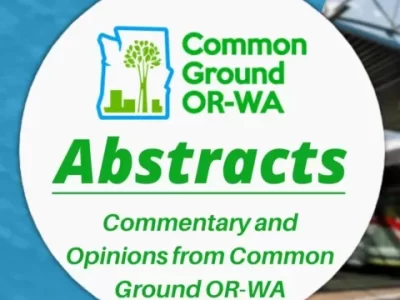For many years New York City’s subway system has fueled the city’s economy and enriched landlords and real estate developers near its stations. Now the governor and city leaders are saying it’s time to capture some of those land value increases. Read more…
The Subway Is Next Door. Should New Yorkers Pay Extra for That?
By JAMES BARRON
The New York Times
JAN. 29, 2018
Excerpts:
Since more than a century ago, the subway has fueled New York City’s economy, delivering workers from homes in distant neighborhoods to jobs in Manhattan and enriching landlords and real estate developers near stations.
Some policymakers think the time has come for the subway to profit from the financial benefits it provides, including its considerable contribution to property values.
In Manhattan’s main business corridors, from 60th Street south, the benefit of being near a subway adds $3.85 per square foot to the value of commercial property, according to calculations by two New York University economists.
Now Gov. Andrew M. Cuomo has made value capture a prominent part of his plan to salvage the subway system by proposing to give the Metropolitan Transportation Authority the power to designate “transit improvement subdistricts” and impose taxes. There is a growing consensus that property owners should shoulder more of the cost of a subway system that has nourished their bottom lines.
Value capture is “the solution of the moment,” said Kathryn S. Wylde, the president and chief executive of the Partnership for New York City, an influential group of business leaders. And Thomas K. Wright, the president of the Regional Plan Association, an urban policy organization, called value capture an “innovative financing mechanism” that New York is missing out on, even as the subway “is making some people very, very wealthy without paying into the system.”
Value capture is a familiar concept outside New York and has been used to fund transit projects in other cities, including Los Angeles, Seattle, London and Hong Kong. In New York, Mr. Wright, of the Regional Plan Association, called the Second Avenue subway “a lost opportunity” in terms of value capture.
The Cuomo proposal calls for before and after assessments in neighborhoods where a new transportation project, like the extension of a subway line, raises property values. Officials would determine the difference between the previous assessment and the new, higher one.
Some public transportation advocates have been calling for special property taxes for years, and the M.T.A. raised the idea in December after a column by Jim Dwyer in The New York Times discussed the subway’s impact on real estate values.
What improved public transit can mean for a neighborhood is easy to see on the Upper East Side, which became a transit wasteland after elevated trains on Second and Third Avenues were demolished more than 60 years ago. Until the Second Avenue subway opened, residents on the eastern edge of the neighborhood had to trudge blocks to squeeze onto the Nos. 4, 5 and 6 trains on Lexington Avenue, the nation’s most crowded subway line.
“It’s all good, plus people love the way the stations look,” said Lydia H. Sussek, a senior global real estate adviser with the Corcoran Group. “I’ve sold new condos as a result of it, and I had a couple who moved to East End Avenue knowing they’d have transportation, whereas before people never would have looked east.”
Comment:
Common Ground OR-WA is advancing the proposition that value capture through the mechanism of “transit benefit districts” could be employed in Portland’s Southwest Corridor where a MAX line extension is in the planning stage. Captured land value increments attributed to the location of light rail stations would be used to finance Transit Oriented Development including affordable housing.




